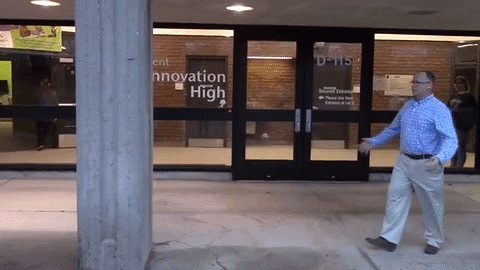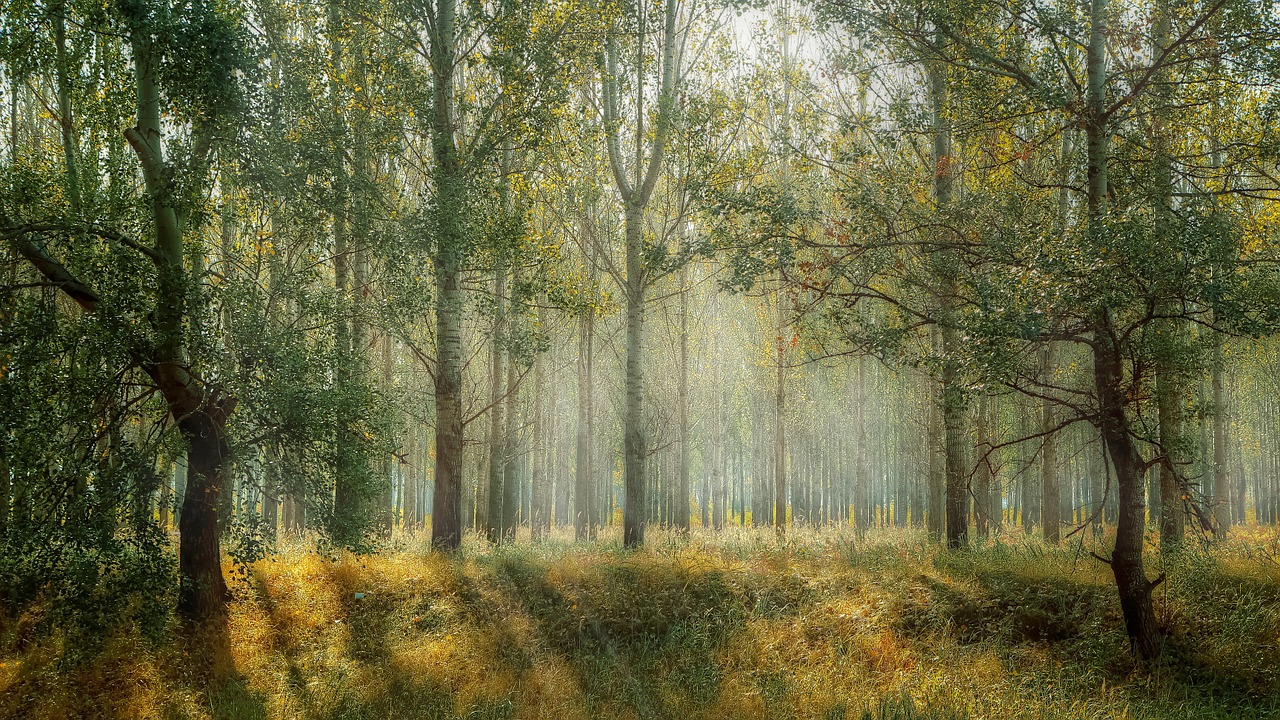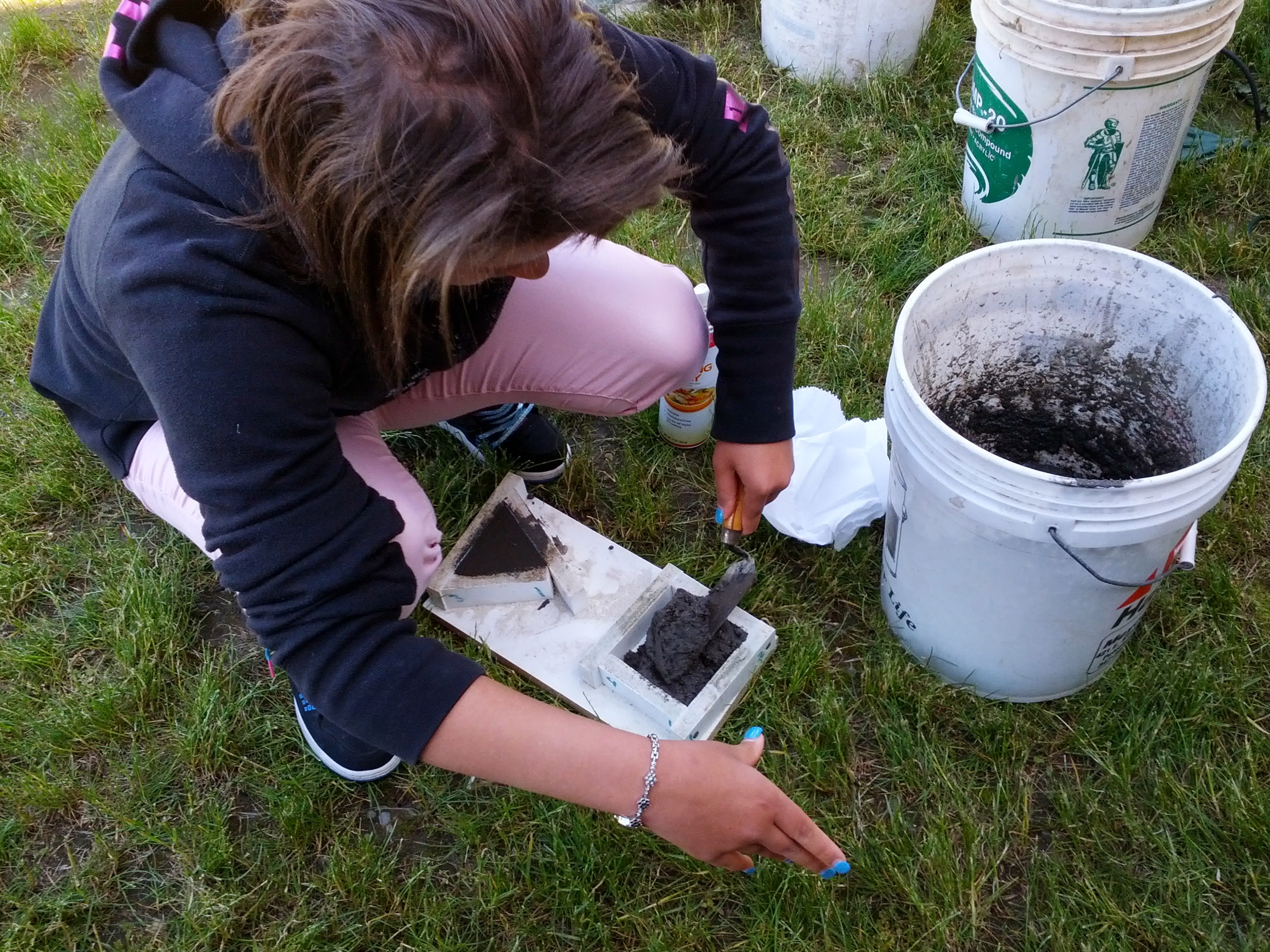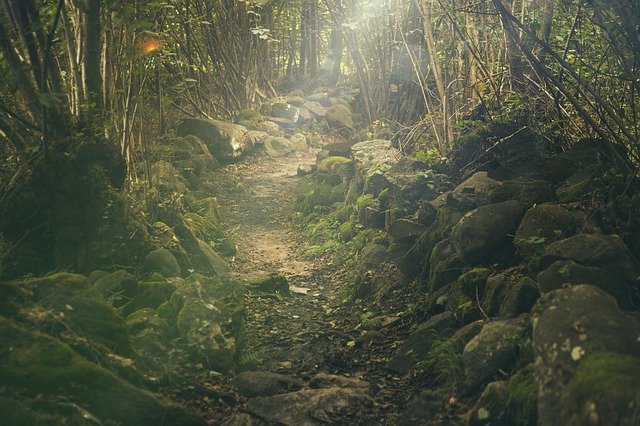
“Adults follow paths. Children explore. Adults are content to walk the same way, hundreds of times or thousands; perhaps it never occurs to adults to step off the paths.”
Neil Gaiman in The Ocean at the End of the Lane
Paths
What are your paths? Let me name a few that I see in education:
- Curriculum
- Testing and test prep
- Standards
- Textbooks
- Lesson plans
- Daily objectives
- Common assessments
- District pacing guides
- Siloed subjects
- Grade level expectations
Not saying that these are all horrible things that should totally be eliminated (although I could make a strong argument for many of them), but I think they fit Gaiman’s analogy in that adults are so locked into them. Not only are we “content to walk the same way”, but we freak out a bit inside if we are not on pace and on track. We are ready to scold kids to “get back on the path!” as soon as they venture sideways.
How much time and energy do we spend making sure that we meet all of the adult expectations of our classroom vs. meeting the needs of the children in front of us?
Now I realize that these two things are not mutually exclusive. All of the things in the list were designed with the intention of assuring high quality education for all students. But learning must be fluid and personalized for the students in front of us. There is no one golden path that leads all children to learning nirvana. Adult expectations vs. children’s needs: What is our highest priority?
Exploring
Covid-19 blew up the path. Remote learning forced everyone to adapt virtually every aspect of their class. It was not done in a thoughtful approach, but out of traumatic necessity. This summer gives space to reflect. We know that online learning worked great for some kids, was pointless hoop jumping for others, and for some of our most needy students was a total failure. But if we are honest, are those results much different than in a typical classroom?
Why do children leave the path? Because they see something interesting.
Isn’t that what learning is? Pursuing knowledge because we are fascinated by it. Sometimes the path is boring. Oftentimes the students have no idea where the path is going (no, writing the objective on the board doesn’t address this). Usually there are other routes to get to the same place other than the sanctioned path.
The Neil Gaiman quote reminded me of the long essay by Carol Black, A Thousand Rivers (a water theme connection?). Black argues for a return to holistic learning based on the community model of indigenous peoples. “Any Cree parent knows that you can tell when a child is ready for something because he will begin to ask questions about it. You can’t control the timing of this, and there is no reason to.”
All humans are natural learners, but schools are often so artificial.
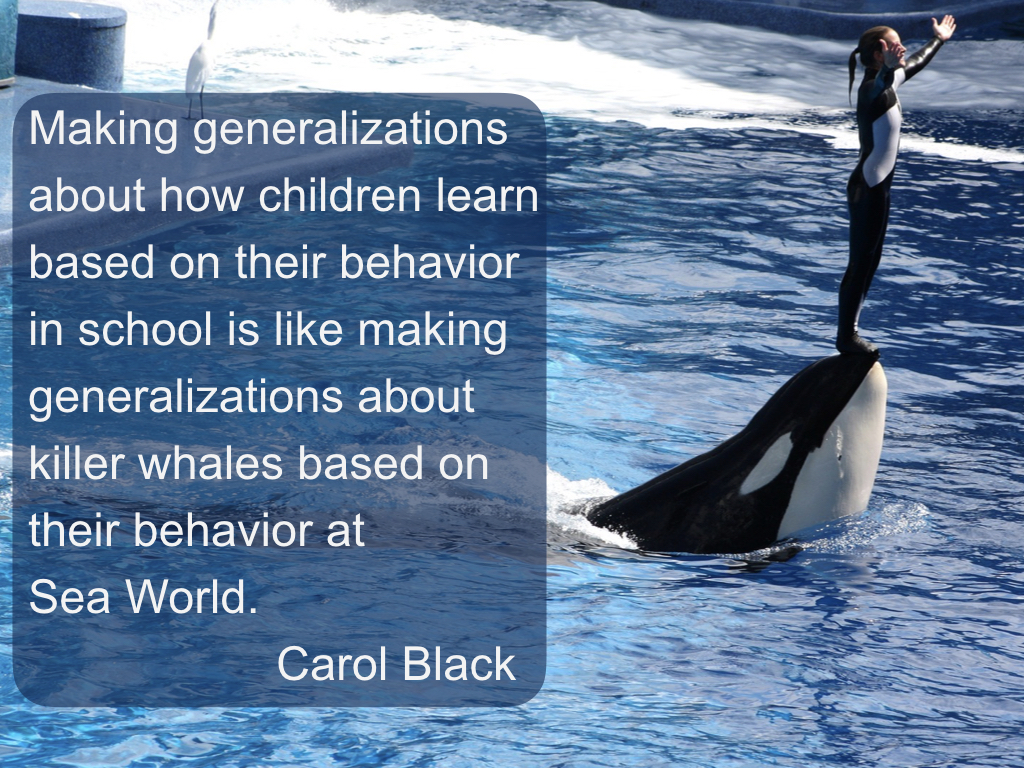
Passionate
Personally, I don’t believe that any child is lazy or lacks passion. They are just interested in different things than what is typically emphasized in schools. Kids are not interested in being “talked at.” So many times, I have seen the shift from apathy to enthusiasm, when students start talking about what they are doing outside of school. It may be sports, theatre, a club, or a hobby. They are motivated and work very hard at things that they care about. It is our job to connect their passions to learning vital skills needed in society. The first step in doing so, is to take a step back from mandated curriculum and make learning more open-ended and organic.
The opportunity before us is to reconsider schooling. The pressure of the tests was temporarily (but hopefully longer) removed. While I am a firm believer that schools alone can not fix all of societies ills, we need to do better to support all learners. For the disengaged children, what better place to start than with projects centered around them?
We need what Laureen Adams calls a “radical pedagogy of love.” This doesn’t mean that we are Kumbaya around the campfire all of the time. It does mean that we attend to the Social and Emotional well being of all of our students. I think we forget how radical love is.
Love is telling the whole truth about history including marginalized groups and oppressed peoples. Love is admitting when we are wrong as individuals or as a society. Love is making sure all kids have strong thinking skills, high reading levels, and computational fluency. Love is not soft. Love is demanding effort and excellence because we have caring relationships with kids. Love is showing students all that they can be.
Remote learning was an opportunity for children to explore their passions this spring. How can we continue to build our classes around child-centered practices? What about the kids who never engaged online? How can we create learning experiences that invite them into learning?
It’s time to let students lead us off of the path…
Questions? Interested in SEL and PBL Consulting? Connect with me at michaelkaechele.com or @mikekaechele onTwitter.

